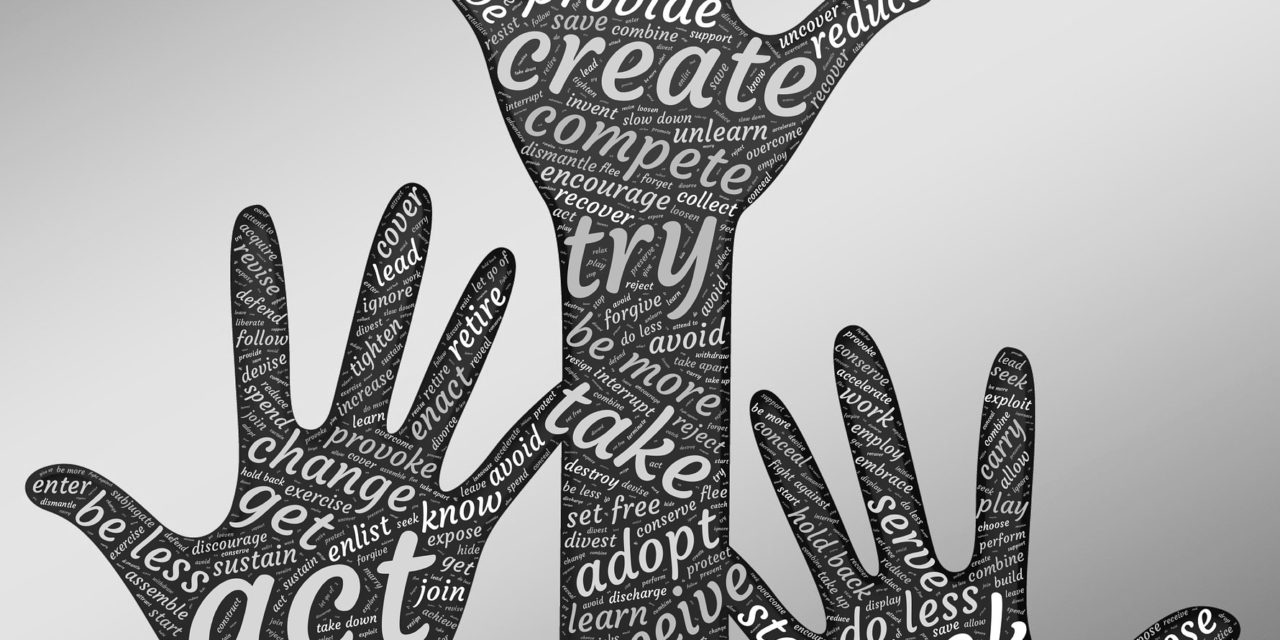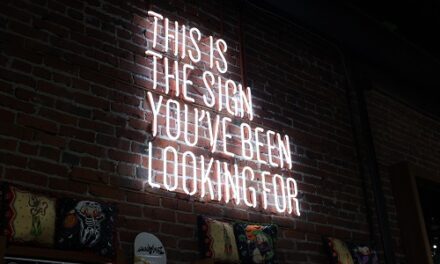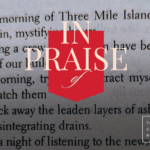Assistant Editor Sakinah Hofler: A couple of years ago I read Percival Everett’s Erasure (Graywolf Press, 2001), a novel about a stodgy author/professor whose dense philosophical novels don’t sell well. The professor takes notice of the success of his contemporary, Juanita Mae Jenkins, whose book, My Pafology, full of glorified stereotypes of blackness and ghettoness, becomes a bestseller. Under a pen name, the indignant professor publishes a book titled F*ck that pushes black stereotypes to the cartoonish max. Everett gives us the entirety of F*ck within Erasure, a novel-within-a-novel. The critics love F*ck and praise its authenticity. The book goes on to win the National Book Award. Erasure, among many things, is a critique of America’s publishing landscape, particularly of how both publishers and writers can perpetuate stereotypes of blackness and the problematic ways those stereotypes are celebrated.
While Everett’s satire borders on absurdity, the critique he offers about the expectations placed on black writers rings true. There seems to be a belief that writers from certain places and certain backgrounds should write in a particular way or about a particular thing. In my ten years of taking writing workshop classes across the country, from NYC to California, I’ve heard the following phrases more than once:
“I really can’t see the inner city come through in this piece.”
“Write in your authentic voice.”
“The dialogue doesn’t ring true.”
And, this one, which seems to have faded with current times, but nonetheless resonates:
“Your characters don’t seem … black.”
In my earlier years of writing, after receiving these comments in workshop, I would rush home and revise my stories to fit my classmates’ and teachers’ tastes. I would make them more voice-y, overloading my stories with African American Vernacular. I would put in a random, irrelevant crackhead standing on a corner. I would sprinkle in drugs. Everyone would be struggling. Downtrodden. I would blackify my stories, trying to write someone else’s idea of what it means to be black in America.
I am forever grateful for a POC classmate who opened my eyes to what I was doing and wrote a critique on one of my stories: “While I can see why you want to describe your characters, I don’t understand the emphasis you place on describing all the skin complexions of everyone in the room. I wanted to know what happened between the two girls, but then I thought I should be paying attention to a racial issue that I’d missed.”
Now, that story was terrible, as most early stories are, but my classmate had pointed out what I’d been doing—the story took place in the suburbs and had something to do with feisty teenagers and corporal punishment, yet I’d been so afraid my readers wouldn’t believe my characters were black enough. I’d taken time to give my characters ever edible color: chocolate, pecan, toffee, coffee, walnut, caramel. I had them speak in a vernacular that didn’t come naturally to them. I made them Christian because the few times I’d written about African American Muslims, people assumed they were part of the Nation of Islam or from a country in Africa.
I realized that I’d internalized those early comments. In reviewing the stories I’d handed in for workshops the previous few years, I noted that I’d been writing the stories I wanted, kind of, but I’d also been including other people’s ideas of blackness.
This epiphany, accompanied by finding Toni Morrison’s Playing in the Dark: Whiteness and the Literary Imagination (Harvard UP, 1992), changed my writing completely. I started writing stories that contradicted some folks’s view of blackness but felt true to my actual world and my created ones. I write speculative stories, fantastical stories, stories about women falling in love, engineering students becoming prophets. I write about inhabitants from the inner city that fall but also ones that survive and thrive.
Still, occasionally, someone tells me: “I can’t see your characters.” I don’t mind receiving a critique about how my story would benefit from more sensory details and more images, for example, but I do have a problem with my characters being deemed not “black” enough, as if every story containing a black protagonist has to contain a certain level of “blackness,” a racial issue, Ebonics, or any one of your grab-bag boilerplate black stereotypes before it’s seen as publishable.
There are hundreds of stories and novels that cover a breadth of issues dealing with race, from slavery to Jim Crow to systemic racism to implicit bias to police brutality. Heck, I’ve written a couple myself. Sometimes, though, my characters just happen to be black, and they’re not walking around thinking about how black they are 24/7 but about things like love and money and sex and the future and how to survive the apocalypse.
I’m thinking about books stretching back to Zora Neale Hurston’s Their Eyes Were Watching God (1937)—a novel Richard Wright eviscerated as “not being serious fiction,” whose characters were “entertaining pseudo-primitives”—as well as contemporary ones, such as Brit Bennett’s The Mothers (Riverhead, 2016), among others. I’m thinking of short stories by Edward P. Jones, Helen Oyeyemi, and N. K. Jemisin, among others. I’m thinking of a story that came through recently in our reading queue, about a man who must decide whether his neighbor is helping a refugee or trafficking a child, among others.
The black experience, just like every other racial and cultural group experience, is diverse. Here at the CR, we would love to read more diverse work, more diverse experiences. We’re not looking for one kind of story, just good storytelling and intriguing characters. We would love to publish more. Please send your work our way.












